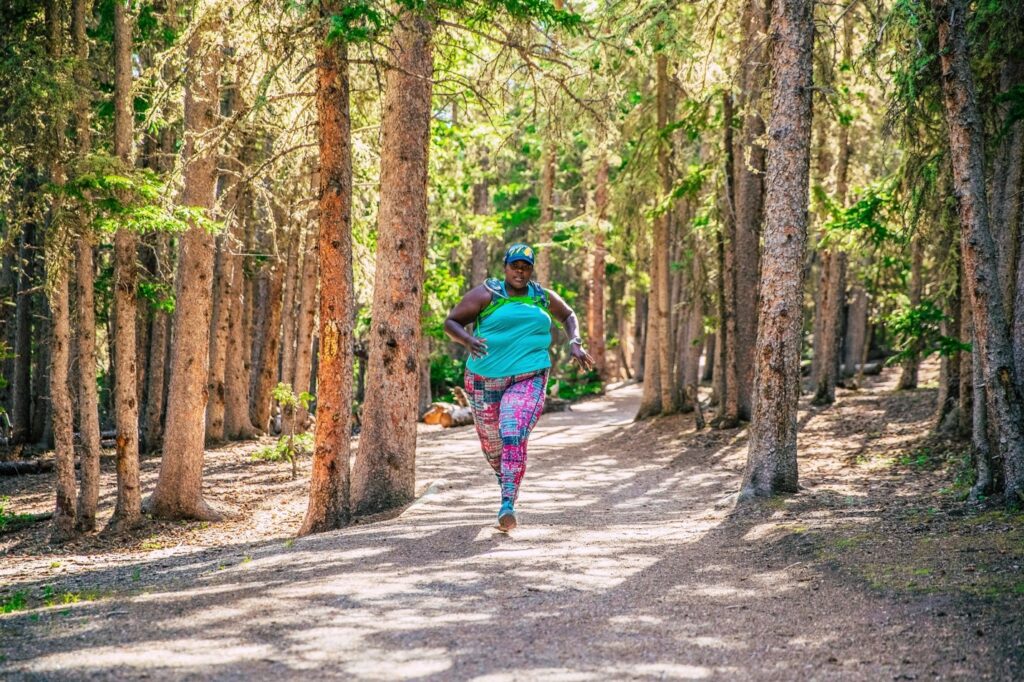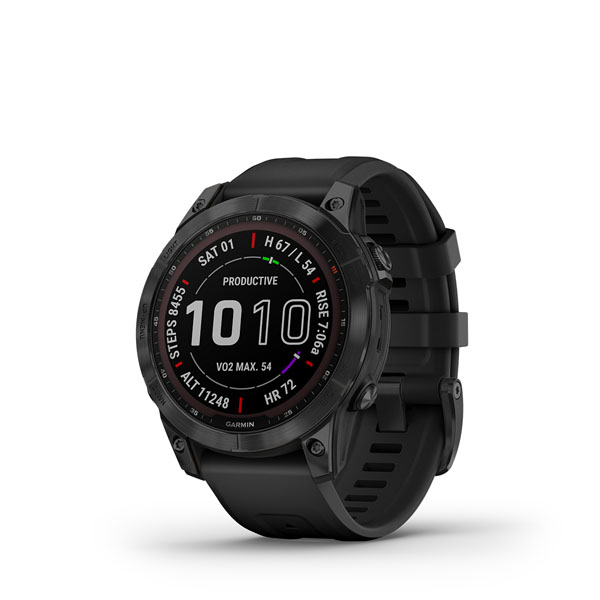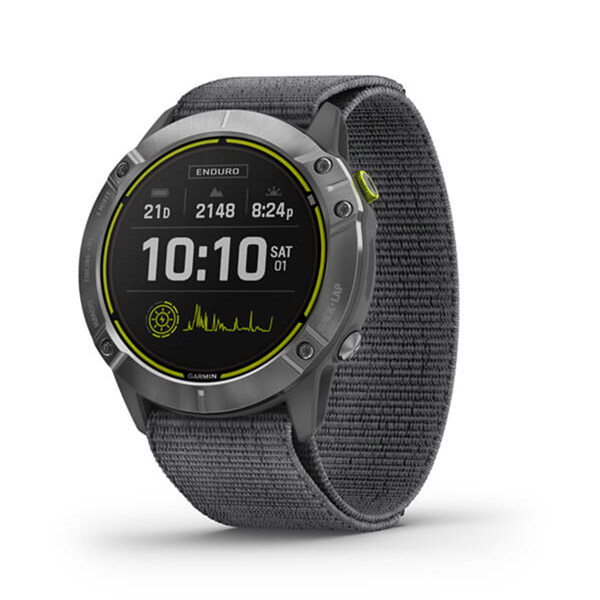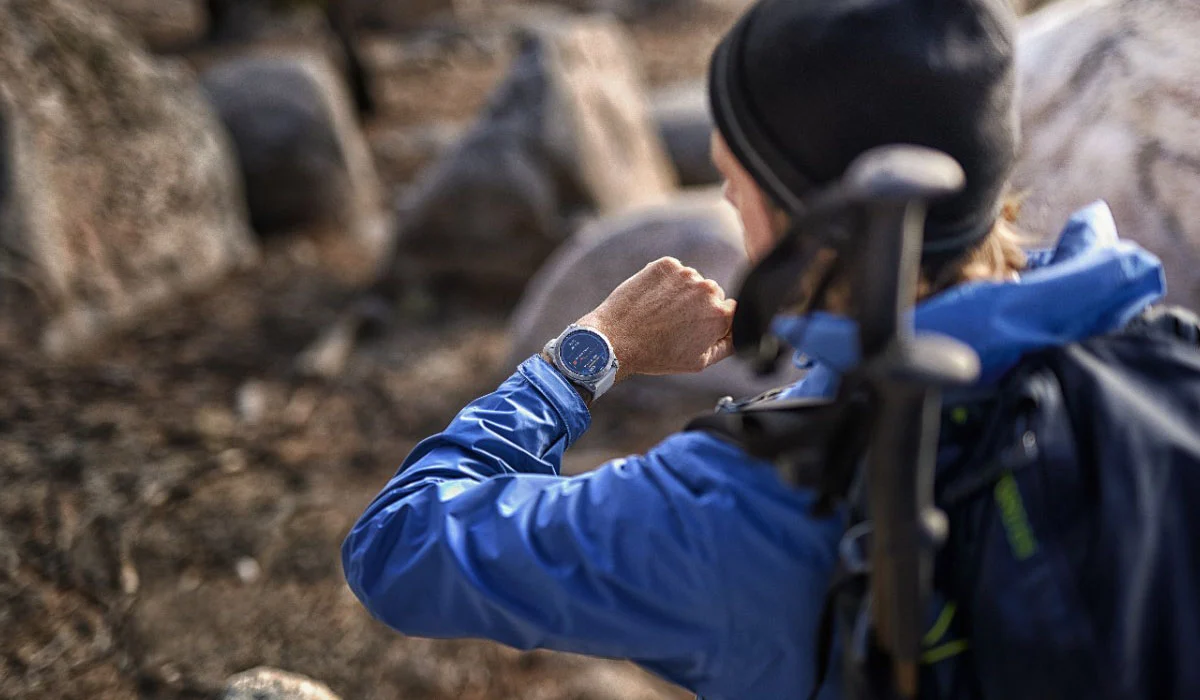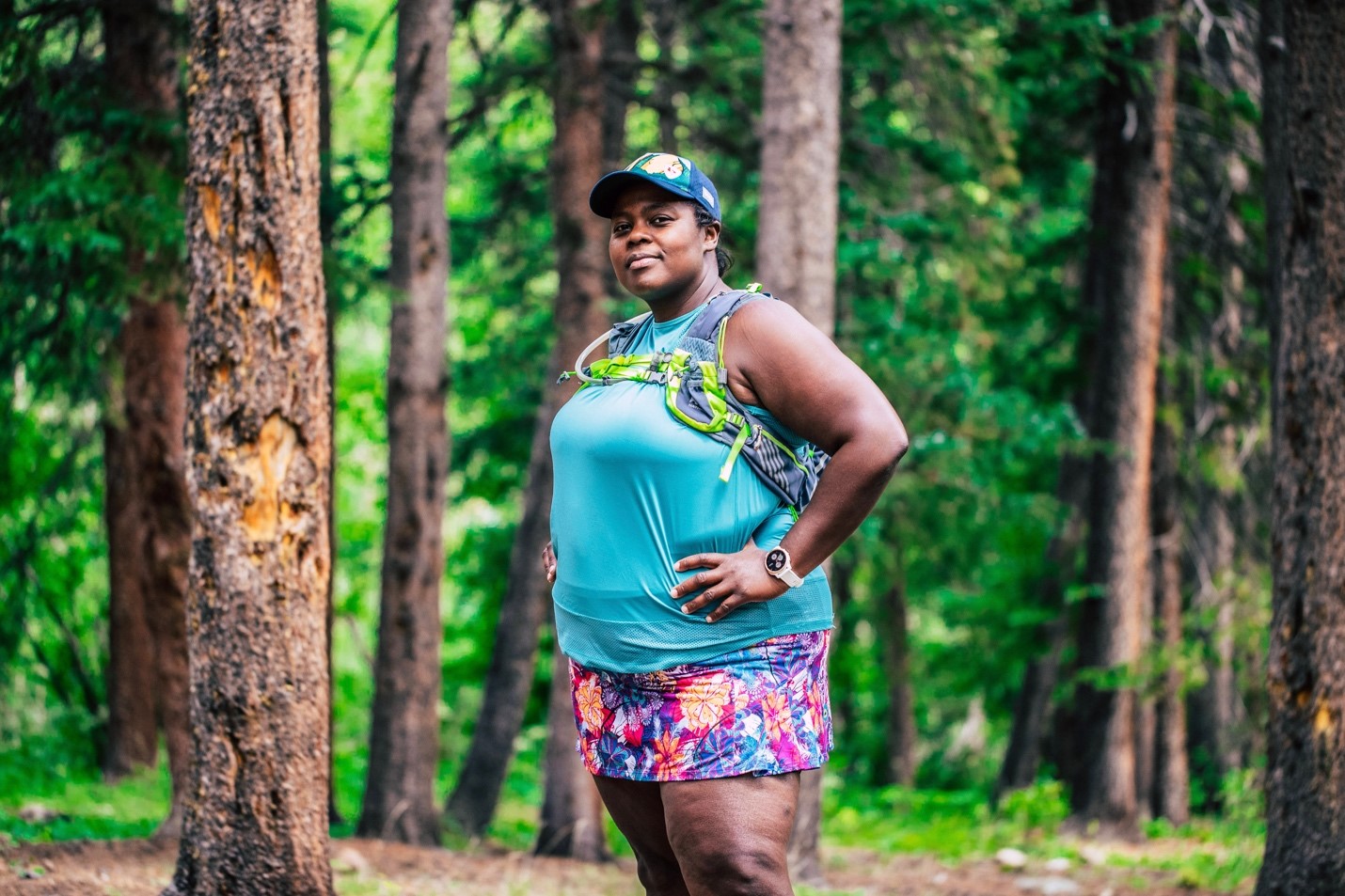
Trail Running: What You Need to Get Started
By Mirna Valerio
Running is the way that I prefer to move on a trail. I get to see a little bit more, the movement feels just right for my body, and I get to connect with myself, the trees, the skies, the ground beneath me and the animals all around me.
There are no hard and fast rules for getting into trail running, but if I may, here is my personal rule: I find it important to stop occasionally to take it all in — the sights, sounds … everything. I make sure to enjoy what I am doing, even if it might be challenging, and to stop and look at the beauty around me.
Trail running is what you make of it. If you crave a fast, galloping run among the trees, chances are you can do that. If you are looking for a more meditative experience, you can get that too. If you are training for a race, or simply exploring a new space, the trail will also give you that.
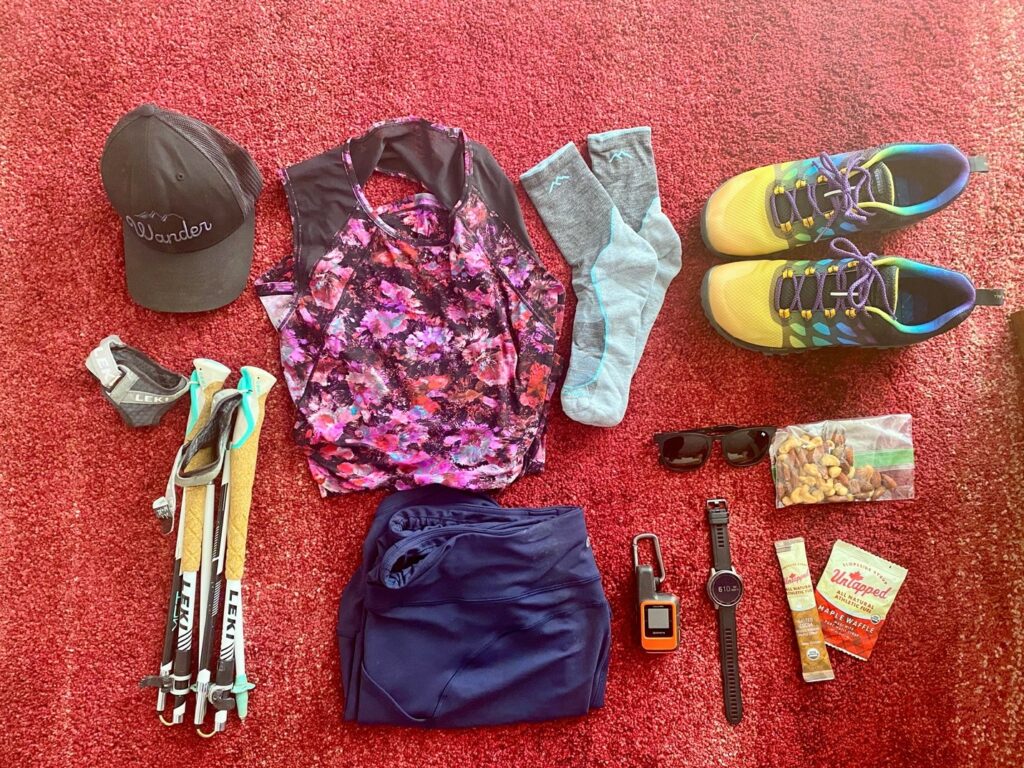
Are you looking to start a new trail running habit or revive a long-dormant one? Here are a few suggestions to help you get started:
Find a Trail
A trail doesn’t have to be super gnarly or technical to count as a trail — you can choose a crushed cinder or dirt path, a serpentine trail in the woods, or something with lots of rocks, boulders, low hanging branches and hills on it. A trail is a footpath, so choose your footpath and go!
Trail Running Shoes
You’ll need some good shoes for your trail running experience. Depending on the shape of your foot, your gait and what sort of trail you’ll be on, I recommend getting fitted at a running store to ensure that your shoes won’t be too tight or too loose, and that you are getting a shoe that is designed for the type of trail. For example, you won’t need knobby, grippy shoes on a pretty level dirt path, but it might be advantageous to have them on a rocky or muddy trail.
Technical Apparel
Trail and road running apparel are pretty similar, so you’ll find that you can use the same clothes on both kinds of runs. You might, however, be out for a longer time on the trails because you’ll likely be moving a bit more slowly. A waterproof jacket (or water-resistant, at the very least) and an extra base layer (I love a technical wool quarter zip for cold winter days) will go a long way in protecting you from the elements and keeping you warm. Good technical socks are a must. I prefer technical wool socks that won’t cause chafing and will keep your foot temperature regulated.
Food and Hydration
If you’re out on the trail for more than a few miles, chances are you’ll need some calories to help fuel your exploration. I love food that is easily and quickly digestible and packs a caloric punch. You’ll also need hydration — try a vest or pack that allows you to carry your water and electrolytes on your back or a handheld bottle for shorter excursions out on the trail.
Accessories
I know that lots of folks like to run on trails without technology, but I see it as something that enhances your experience. I love seeing how much mileage I’ve run (or not!), what elevation gain I’ve achieved, my heart rate, how my training is going, a topographical map of where I’m running and many other elements of my trail running trajectory. For this reason, I use my fēnix® 6 Pro Solar to track all my training data. If I’m going to be out in the backcountry, I’ll bring along my Garmin inReach® to make sure that I don’t land in a precarious situation. It helps locate me if I happen to get lost or injured, and it’s an extra measure of safety in my exploration and work in the outdoors.
I hope this blog encourages you to try trail running! It is an incredible way to move through the world on your own feet, surrounded by the bounty of what nature has to offer. Join me!
Also read: Road Race Canceled, Let’s Run in the Mountains! Trail Guidelines for Newcomers
